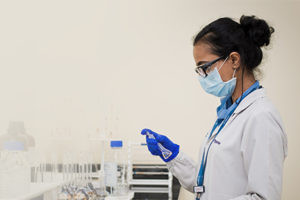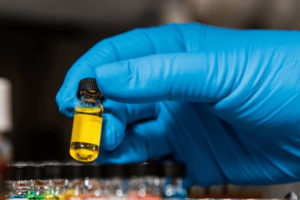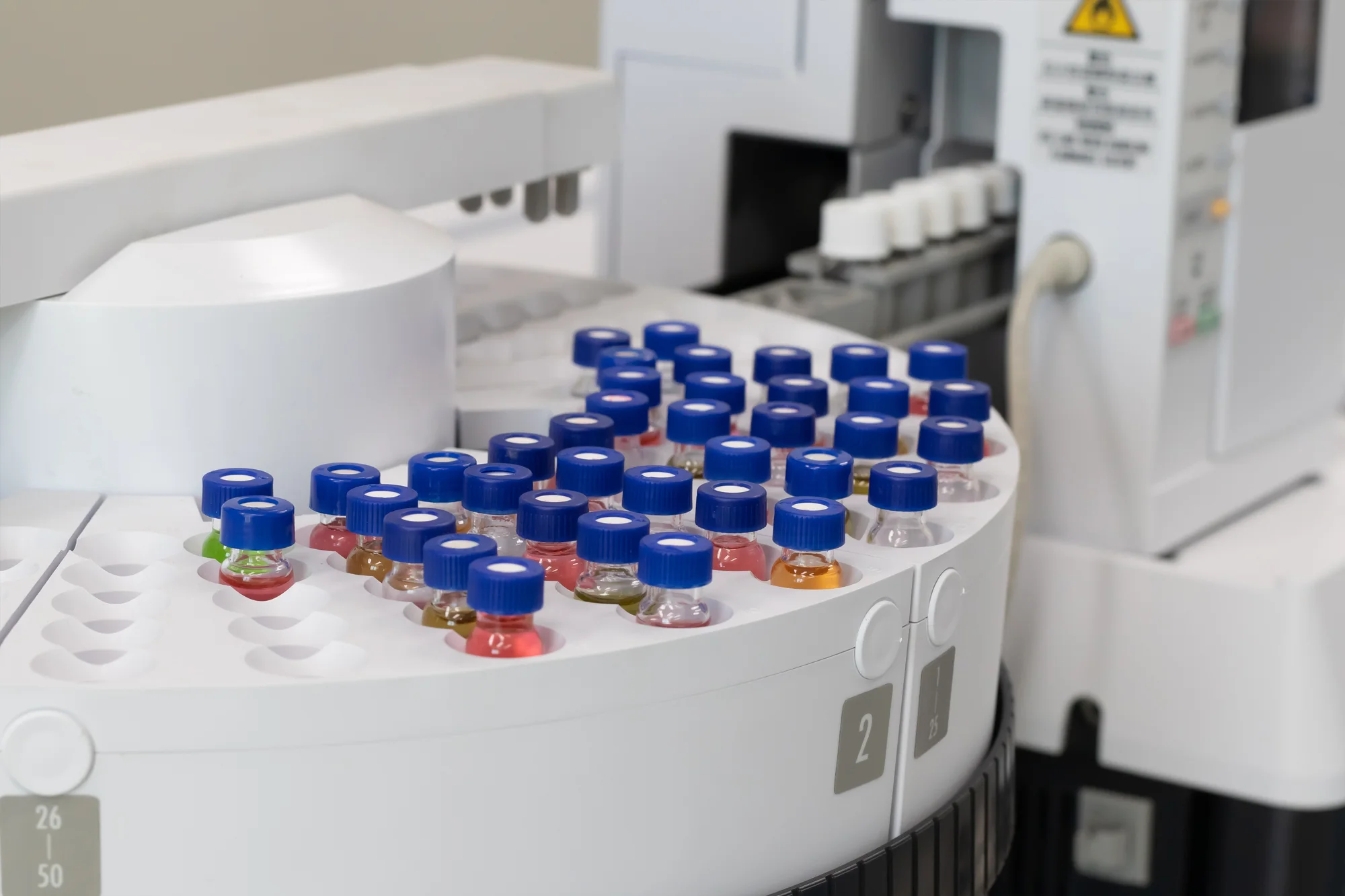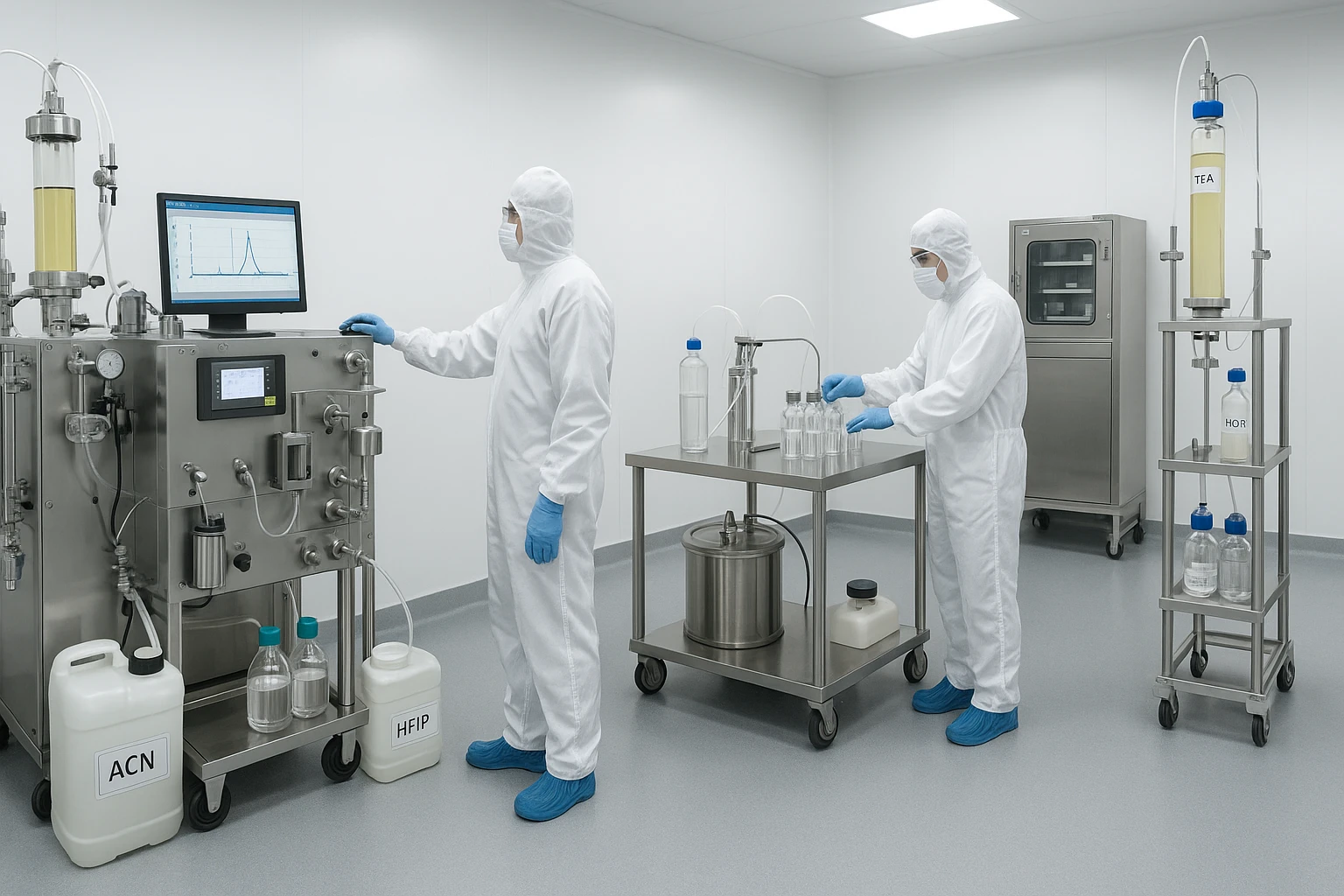Introduction
In cancer drug development, finding the right dose has always been a complex challenge. For many years, most oncology drugs were tested to find the maximum tolerated dose (MTD) — the highest dose a patient could take without severe side effects. The assumption was simple: higher doses mean better results. But modern cancer therapies have changed that thinking. Many targeted and immune-based drugs do not follow this old rule. Recognizing this, the US FDA started Project Optimus — a new initiative to make dose optimization a scientific and patient-centered process.

It encourages drug developers to explore and justify the right dose using data, not just toxicity. For companies like Syngene, Project Optimus marks a major shift in how oncology trials are planned, executed, and submitted for regulatory approval.
Rethinking how doses are chosen
Earlier, dose selection in cancer trials followed a “3+3” pattern: small groups of patients received increasing doses until the MTD was found. This made sense for traditional chemotherapy, where killing cancer cells depended on the amount of drug given. But for today’s targeted therapies and immuno-oncology drugs, higher doses often bring more side effects without improving benefit.
Project Optimus changes this by asking developers to identify the recommended phase 2 dose (RP2D) based on how the drug behaves in the body (pharmacokinetics), how it affects its target (pharmacodynamics), and how exposure relates to response. This new way of dose optimization ensures that the selected dose balances safety, effectiveness, and quality of life for patients.
Bringing modeling and data to the centre
The foundation of Project Optimus is model-informed drug development (MIDD). This approach uses data from lab studies, animal models, and human trials to predict how different doses will work. Using exposure-response modeling, scientists can simulate outcomes before starting large clinical trials.
In oncology, this means not stopping dose exploration after early trials. Instead, companies continue to collect data across studies, refining their understanding of how much drug is really needed to achieve good results. These insights help regulators see the science behind dose selection and make approvals smoother. For CDMOs and research partners, this approach means stronger collaboration between discovery, development, and regulatory teams.
A new direction from the FDA
The FDA’s Oncology Center of Excellence launched Project Optimus to ensure that cancer drugs are tested across multiple doses early in development. Companies are now expected to explain why a certain dose is chosen, showing evidence from clinical data and modeling. The agency’s aim is to reduce unnecessary toxicity while maintaining efficacy. Regulators in other regions, including Europe and Asia, are beginning to follow this direction. This means drug developers everywhere need to plan for early and continuous dose exploration. It also means close teamwork between pharmacologists, clinicians, statisticians, and regulatory experts to build a complete dose rationale.
Syngene’s integrated drug discovery and translational & clinical services are well-suited for this environment, combining bioanalysis, translational modeling, and clinical data generation to support such regulatory expectations.

Connecting data across the development pipeline
To truly apply Project Optimus principles, companies must connect data across all stages of development, from discovery and preclinical studies to human trials. Strong dose optimization depends on combining PK/PD data with exposure-response modeling to identify the best therapeutic window. For example, in vitro and in vivo studies can help set early exposure limits, while adaptive clinical designs can test and refine these doses in real time. Syngene’s capabilities in DMPK, bioanalytical sciences, and clinical pharmacology help create this continuous feedback loop, improving dose prediction and supporting confident regulatory submissions at every stage.
How this impacts oncology programs
Adopting Project Optimus means rethinking project plans from the start. It affects how clinical protocols are designed, how many dose levels are studied, and how timelines are managed. It also calls for more collaboration between teams that may not have worked closely before — clinical scientists, modelers, statisticians, and regulatory specialists. For sponsors, this shift may seem challenging at first, but it can prevent costly late-stage failures. Working with a partner that understands both dose optimization and regulatory science can make a real difference. By combining lab-based research with model-based simulations, Syngene helps build confidence in RP2D selection and overall trial design.
Challenges and future potential
Implementing Project Optimus takes time and investment. Running multiple dose cohorts and collecting detailed data adds complexity to clinical programs. There is also a need to strengthen modeling and simulation skills within teams. But in the long term, the rewards are significant.
Better dose selection improves patient safety, reduces trial failures, and helps companies bring more effective and tolerable cancer treatments to market. It also builds trust with regulators and healthcare providers. As oncology becomes more personalized, the ability to justify dose scientifically will be a key factor in success.
Looking ahead
Project Optimus is a turning point in oncology drug development. It shifts focus from giving the highest possible dose to giving the most appropriate one. This is a step toward more patient-friendly, data-driven innovation in cancer treatment. Companies that embrace model-informed drug development and exposure-response modeling early will not only align with regulatory expectations but also improve treatment outcomes for patients.
With its strong scientific foundation and integrated service model, Syngene is well-positioned to help the global oncology community apply Project Optimus principles effectively — combining research, modeling, and regulatory knowledge to create better therapies for the future.













